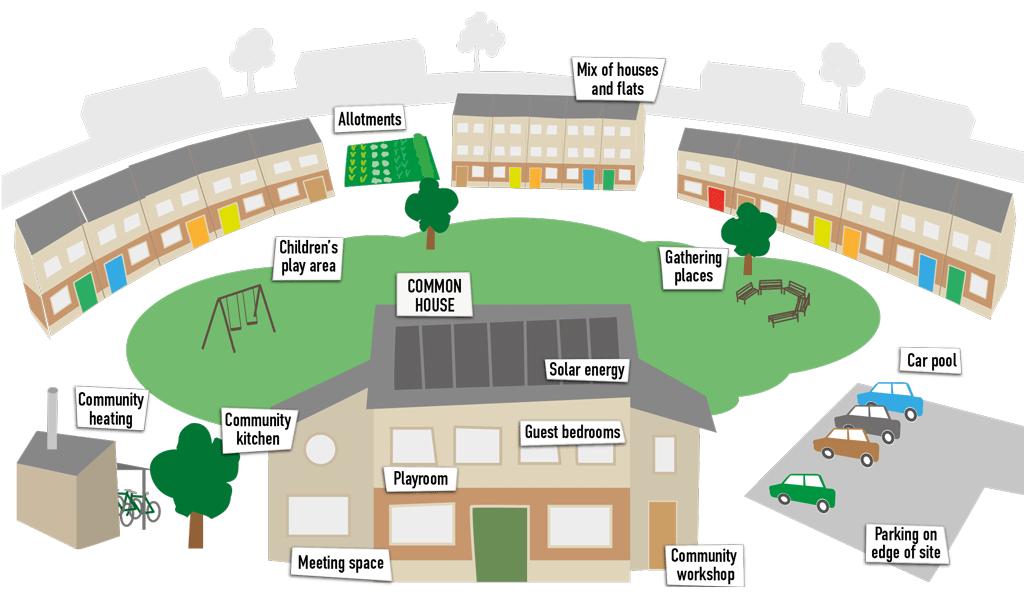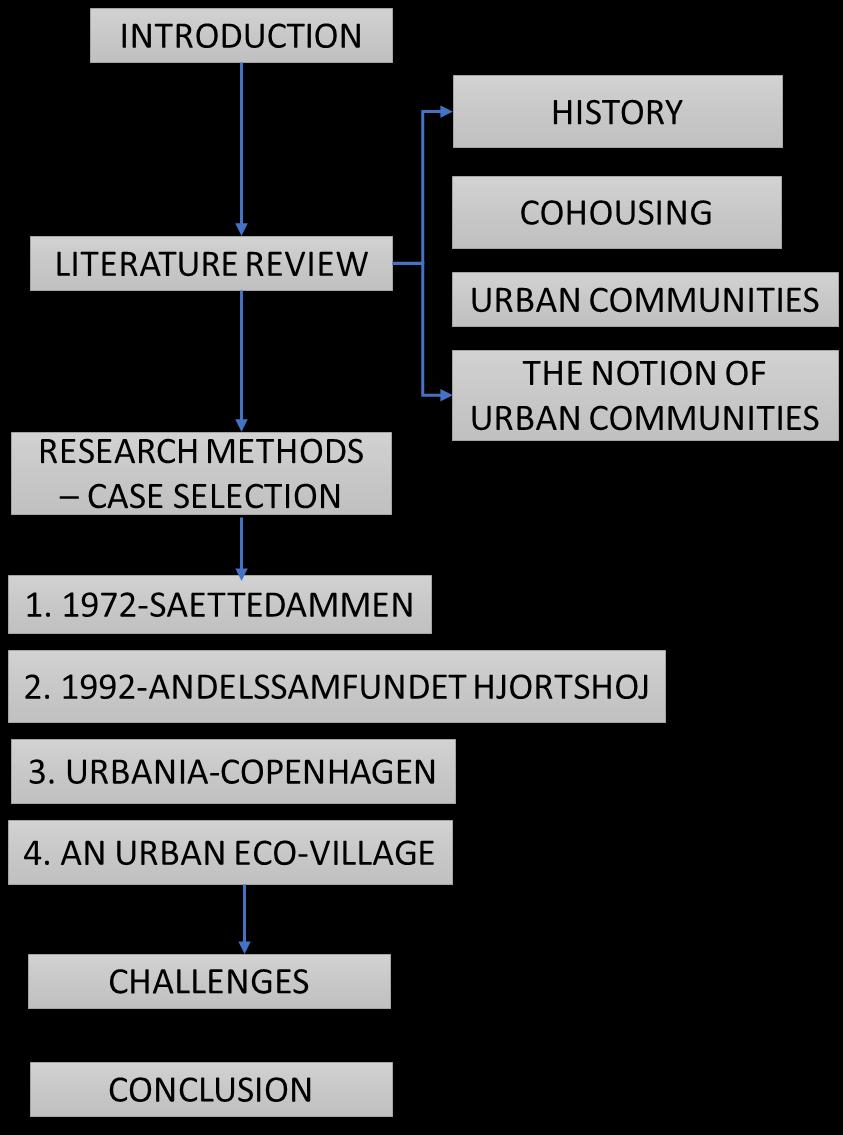
2 minute read
COHOUSING: A SHARED FUTURE
COHOUSING AS A NEW FORM OF SOCIALIZATION IN COOPERATIVES SOCIETIES
ISHA CHAUDHARY
Advertisement
Roll no. 1800683
07 April 2022
B.Arch. Semester 8
ARM802 Seminar (Research Skills)
Faculty Mentor: Ar. Nancy Jain; Ar. Shradha Arora
Abstract
This paper will help to understand cohousing as a new form of socialization in urban, sustainable, and affordable communities through a case study analysis This study found that cohousing is used to develop and regulate public system to simulate socializing in the surroundings, cohousing is a useful case study Further, in this research paper mention about the urban communities and the notion of cohousing. In cohousing neighbourhoods are determined by the social components and personal attributes that influences how they engage socially This study also discussed the challenges, limitations and benefits. In conclusion, to summarize how it benefits the cooperative employees in India.
Keywords: Cohousing | Urban communities | Social Interaction | Socialization | Environmental sustainability | Sustainable communities
Co-housing is a new approach to housing that has the potential to address major social, economic, and environmental challenges while also improving the quality of life for inhabitants and society as a whole.
Cohousing is where privacy and the public are sought for unity. The concept of integration, therefore, encompasses the broader intended concept. Socialization was initially thought to be reviving in recent years, as a stable response to modern social and social issues. Uncontrolled social problems of loneliness and mental retardation and physical limitations, strategies.

The presented urban communities should not be understood as existing segments of the community. Urban communities can exist as co-existent, co-operative or non-co-operative, fragmented, or exist as separate communities. It is a place where communities can interact, where people belong to various groups and have diverse behaviours, lives, and so on.
For example, if a group of people invites for community activities like communal lunch, it creates interaction between the members of the community. Communities, such as a knitting club, share a local community hall near a major chess club. The two adjacent communities coexist in the same area, except for the interdependence of those methods in which these communities can share. Once feel that by putting a visible expression in the visual framework of these communities, this can be easily accomplished in an urban setting.
Aim:
To study the various aspects of cohousing as a catalyst in urban communities.

Objectives:
1. To collect the literature data regarding cohousing communities
2. To study case studies and understand how cohousing societies work.
Research Questions:
1. How does social cohesion help keep people active in managing their communities?
2. How do community recruitment and participation play out? (Regarding gender, culture, age, class, etc.)
Methodology: Three co-housing projects were used to better understand the growth of co-housing. Through these Case Studies, one can understand the variances and similarities in people's lives, as well as their actions and ideas. Furthermore, the study summarizes the different stages of development and characteristics of different co-housing groups in Denmark, as well as looks into how co-housing can play a role as an environmental sustainability tool for guiding change in behavior and developing a more connected, equitable, and resilient environment.





